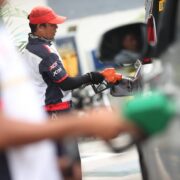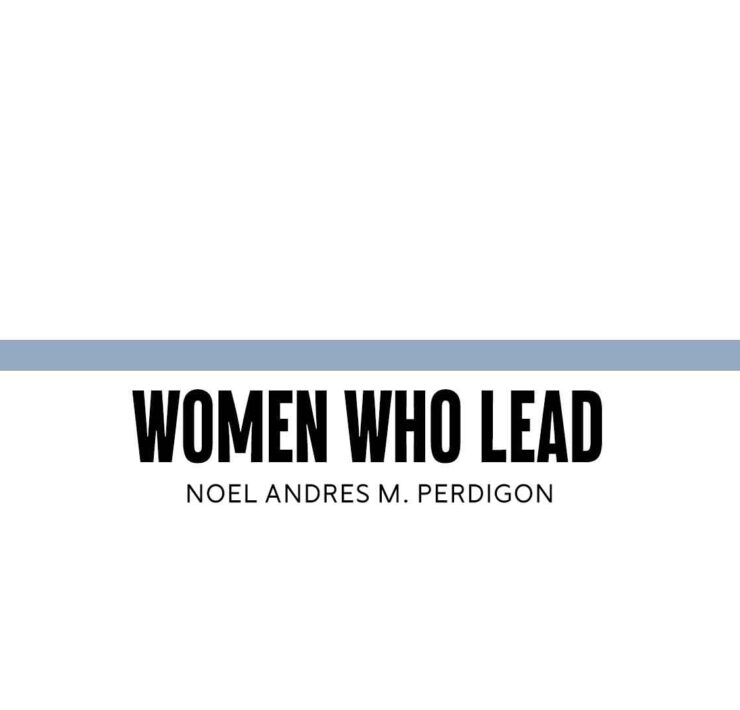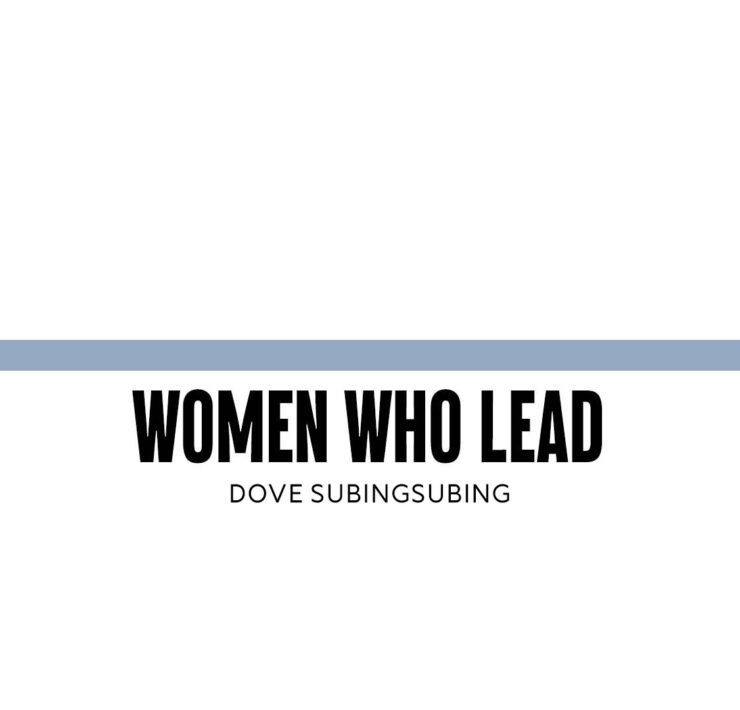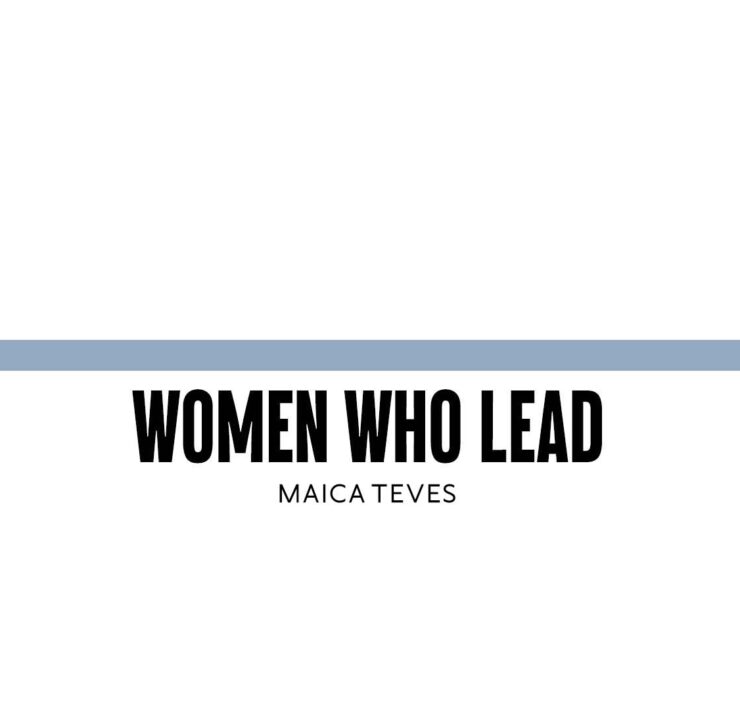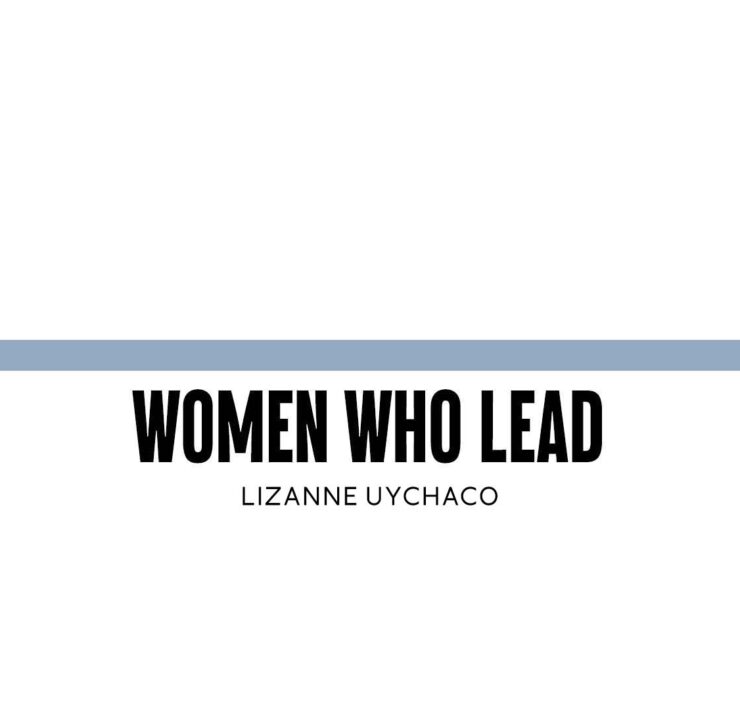Women and disability in the workplace
We have found through discussions with our stakeholders that disability inclusion is a topic that can be very complex and overwhelming for them even as they understand that it is an important workplace issue to address. Complex because disability comes in many forms—physical, sensory, cognitive, and psychosocial; and overwhelming because companies often feel ill-equipped to hire and support employees with disabilities, and to create an inclusive workplace environment.
Thus, as we observe National Disability Rights Week this month, the Philippine Business Coalition for Women Empowerment (PBCWE) would like to emphasize that any discussion on women’s economic empowerment must include women with disabilities if we are to build a truly gender-equal and inclusive society.
A quick look at the United Nations (UN) Disability and Development Report 2024 shows us that progress on 30 percent of Sustainable Development Goals (SDG) targets for persons with disabilities is insufficient, while progress has stalled or reversed on 14 percent of targets (i.e., access to financial resources, health care, water, information and communication technology (ICT), and resilience during disasters and emergencies). Only five out of 17 indicators are on track to meet 2030 targets, and significant gaps remain particularly in food insecurity, health, access to energy and ICT, multidimensional poverty, and employment.
Why focus on women? An Asian Development Bank article that came out in December last year said that globally, more women (19 percent) have a disability compared to men (12 percent). Despite this, women and girls with disabilities remain largely invisible in development projects and policies, as many view disability in a general sense, overlooking the compounded forms of exclusion faced by women with disabilities due to the intersection of gender inequality and disability exclusion.
This issue is highlighted in the UN report under SDG 5: Achieving gender equality and empowering all women and girls with disabilities—20 percent live in income poverty, 64 percent do not have access to assistive technology, and only 38 percent of countries have a gender equality law or a disability law with specific legal protections for women with disabilities. Additionally, only 3 percent mention women with disabilities in their laws on incentives for employment of persons with disabilities and on reasonable accommodation for workers with disabilities.
The report also shows gaps in achieving targets for reducing maternal mortality and accessing sexual and reproductive health services and reproductive rights for all persons with disabilities (targets 3.1, 3.7, 5.6), showing that “more than 50 percent of women with disabilities do not have their need for family planning satisfied with modern methods, do not have the births of their babies attended by skilled health personnel, do not receive a timely postnatal check, do not have autonomy in making decisions about their reproductive health—with others making decisions for them—and are not empowered to exercise their reproductive rights.”
Sexual and reproductive health plays a major role in ensuring economic empowerment for women.
Women with disabilities in the workplace. The disability community frames their advocacy for rights and inclusion with “Nothing about us, without us,” and this is even more true for women. Women with disabilities are not a homogenous group, their identities as women and the cultures they belong to are as diverse as the forms of disability they live with. There is no single approach to disability inclusion for women, thus developing a company’s diversity and inclusion (DI) strategies must begin with partnerships with organizations for persons with disabilities where women play leadership roles. This ensures they have a say in the creation of organizational policies and programs that impact their economic, physical, and mental well-being.
Using credible data about women and girls with disabilities is also important when creating strategies for disability inclusion, as well-founded assessments of their needs and practical solutions can emerge from such data.
Finally, Jennifer Mendoza, PBCWE’s own DI advocacy expert, recommends the following strategies to promote inclusivity and advocate access for women with disability in the workplace.
Reflect senior leadership commitment to disability inclusion in organizational policies and processes by recognizing the rights of people with disabilities, complying with local and international frameworks, and communicating this commitment clearly.
Ensure human resource management practices are inclusive by reviewing policies on sourcing, hiring, retention, and career progression to ensure they are disability inclusive.
Foster a disability-inclusive corporate culture through communication campaigns, awareness-raising, and training.
Ensure accessibility and reasonable accommodations through inclusive occupational health and safety plans, physical and digital accessibility, and job accommodations.
(The Author, Martha Falcon is a program manager at the PBCWE.)












